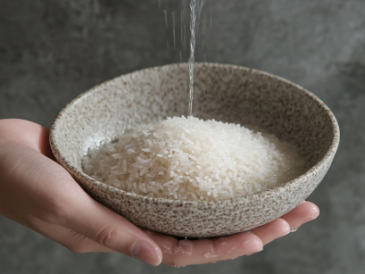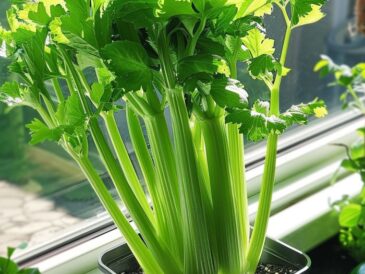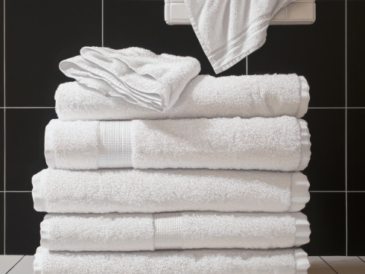6. Rudbeckia (Black-eyed Susan)
- Why Prune: Deadheading extends the blooming period and prevents self-seeding.
- How to Prune: Remove spent flowers just above the next set of leaves. Cut back the plant by one-third after the first bloom cycle to encourage new growth and more blooms.
7. Phlox
- Why Prune: Pruning promotes a longer blooming period and prevents mildew.
- How to Prune: Deadhead spent flowers regularly. In mid-summer, cut back the plant by one-third to stimulate new growth and a second wave of blooms.
8. Veronica (Speedwell)
- Why Prune: Regular pruning encourages repeat blooming and keeps the plant bushy.
- How to Prune: Cut back spent flower spikes down to the base or above the first set of leaves. Trim the plant by one-third after the first bloom to encourage new growth.
9. Hemerocallis (Daylily)
- Why Prune: Removing spent blooms prevents seed formation and promotes continuous blooming.
- How to Prune: Deadhead spent flowers daily by snapping them off at the base. Cut back the flower stalks after all blooms have faded to encourage new growth.
10. Lavandula (Lavender)
- Why Prune: Pruning maintains the plant’s shape, promotes air circulation, and encourages new blooms.
- How to Prune: Trim back spent flower spikes just above the foliage. After the first bloom, cut the plant back by one-third to encourage fresh growth and more blooms.
Pruning Tips for Healthy Perennials
- Use sharp, clean pruning shears to make clean cuts and prevent the spread of disease.
- Prune in the morning when the plants are well-hydrated and temperatures are cooler.
- Remove any diseased or damaged foliage to improve the plant’s overall health.
- Water and fertilize your perennials after pruning to support new growth and blooming.
By regularly pruning these perennials, you’ll enjoy a vibrant, blooming garden all summer long. Happy gardening!
Pages: 1 2




